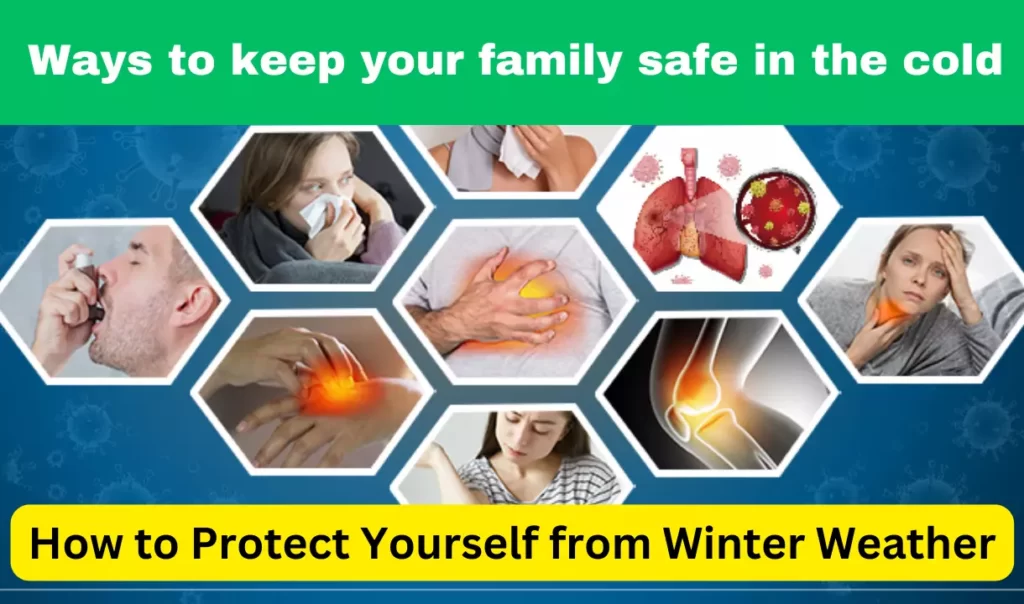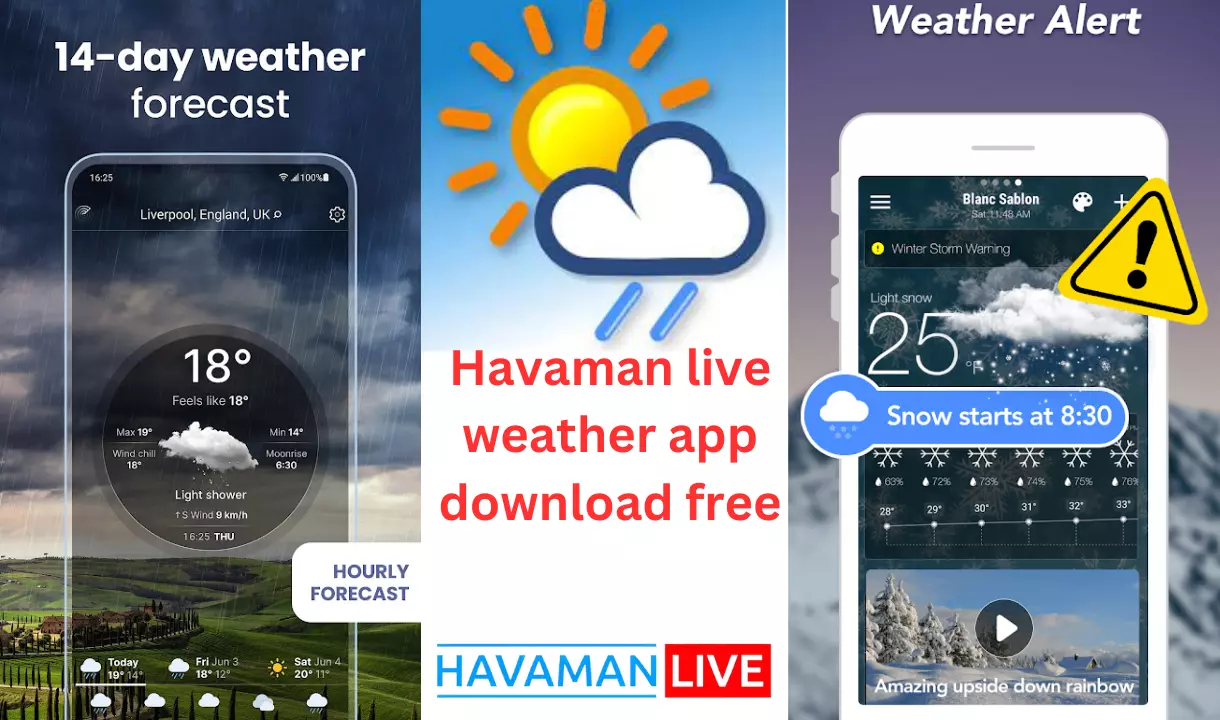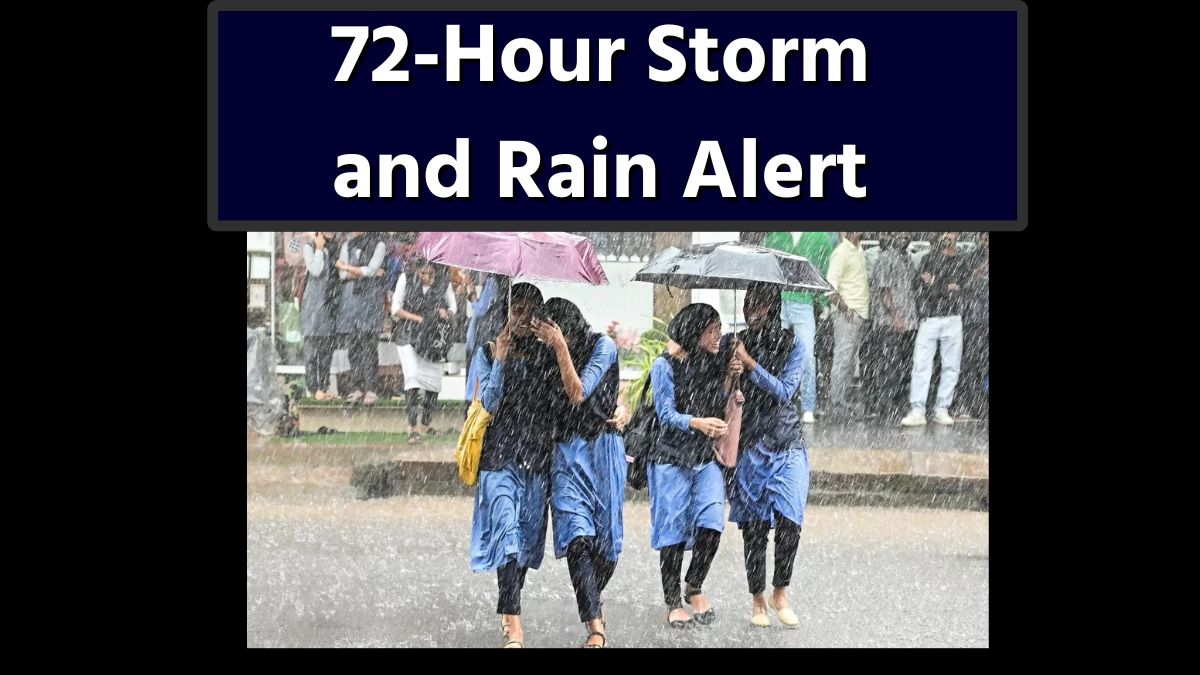How to Protect Yourself from Winter Weather :It is cold in the beginning of the month of October. Late nights and early mornings are mildly chilly now. This season helps spread many diseases. During this period, there is a risk of dengue, malaria, chikungunya, flu, fever and many viral diseases. For this, the most important thing is to protect yourself from this cold. In fact, we don’t take this season so seriously as winter seems to be coming. Let’s find out how to protect yourself and your family from this weather.
Ways to keep your family safe in the cold
- Winter Storm Warning This alert is issued when severe winter weather, such as heavy snow, intense freezing rain, or substantial sleet, is either about to occur or already underway. Typically, Winter Storm Warnings are released 12 to 24 hours in advance of the expected event.
- Winter Storm Watch A Winter Storm Watch is a notice to the public indicating the potential for severe winter conditions, including blizzards, heavy snowfall, intense freezing rain, or substantial sleet. These watches are typically issued 12 to 48 hours before the onset of a Winter Storm.
- Winter Weather Advisory This advisory is issued for anticipated accumulations of snow, freezing rain, freezing drizzle, or sleet that may result in significant inconveniences and, without exercising caution, could escalate into life-threatening situations.
Understanding Your Winter Storm Risk: Stay informed by monitoring weather forecasts and heeding warnings related to freezing weather and winter storms. Listen for emergency information and alerts, and consider signing up for your local community’s warning system. Additionally, the Emergency Alert System (EAS) and NOAA Weather Radio offer valuable emergency alerts.

Ensure Your Home is Winter-Ready:
- Equip your home with proper insulation, caulking, and weather stripping to ward off the cold.
- Learn how to prevent your pipes from freezing.
- Install and test smoke alarms and carbon monoxide detectors, complete with battery backups.
- Assemble essential supplies for the possibility of extended periods without power.
- Consider individual needs, including medication, and don’t forget to plan for your pets.
- Always have extra batteries on hand for radios and flashlights.
- If you’re facing challenges affording heating costs or need energy-related home repairs, reach out to the Low Income Home Energy Assistance Program (LIHEAP) for assistance.
In Case of Winter Weather Emergency:
Be Ready for Winter Everywhere:
- Ensure your readiness for winter weather whether you’re at home, at work, or in your car.
- Create an emergency supply kit for your vehicle, including items such as jumper cables, sand, a flashlight, warm clothing, blankets, bottled water, and non-perishable snacks.
- Maintain a full tank of gas to ensure mobility and warmth during winter emergencies.
Learn the signs of, and basic treatments for, frostbite and hypothermia.
How to Protect Yourself from Winter Weather Ways to keep your family safe in the coldFrostbite can lead to a lack of sensation and a change in skin color in areas like the face, fingers, and toes.
Indications:
- You may experience numbness, skin that appears white or grayish-yellow, or skin that feels firm and waxy.
Recommended Steps:
- Immediately seek refuge in a warm room. Submerge the affected area in warm water. Utilize your body’s natural heat to warm up the affected parts. Do not attempt to massage or apply a heating pad, as this can worsen the condition.
Hypothermia is an unusually low body temperature. A temperature below 95 degrees is an emergency.
- Signs: Shivering, exhaustion, confusion, fumbling hands, memory loss, slurred speech or drowsiness.
- Actions: Go to a warm room. Warm the center of the body first—chest, neck, head and groin. Keep dry and wrapped up in warm blankets, including the head and neck.










